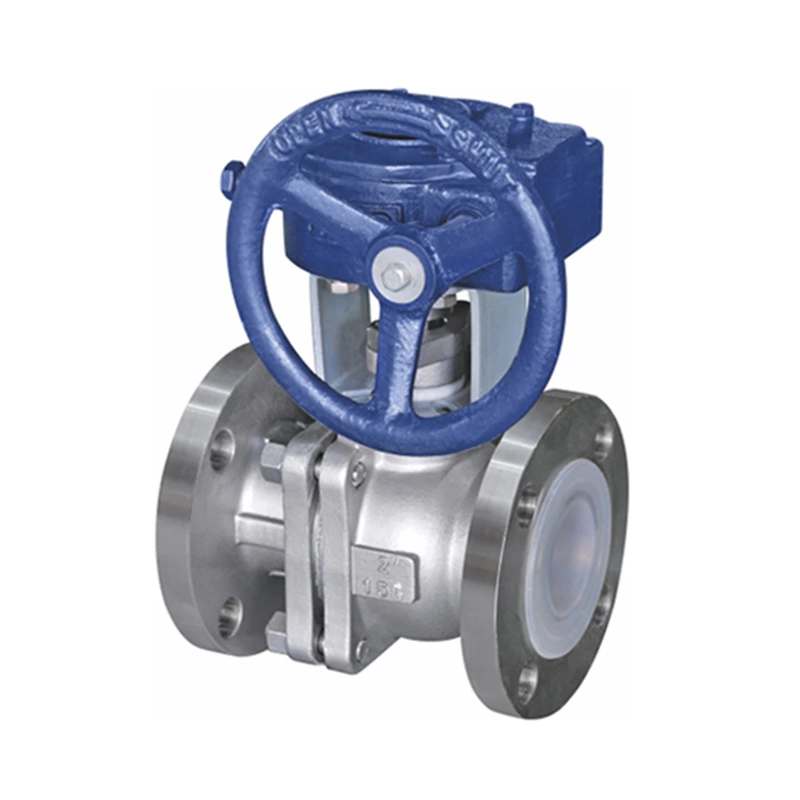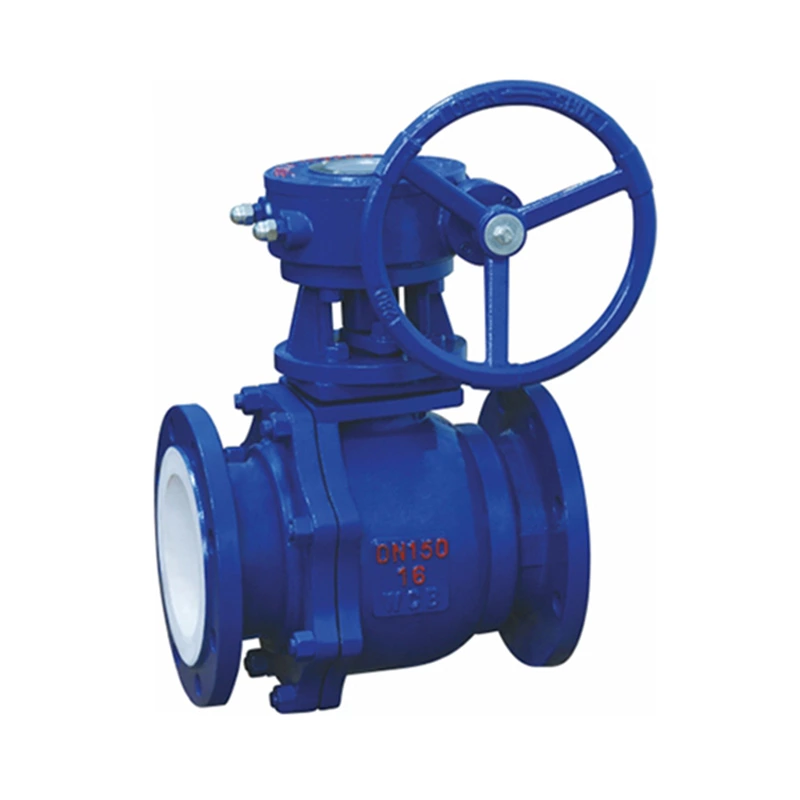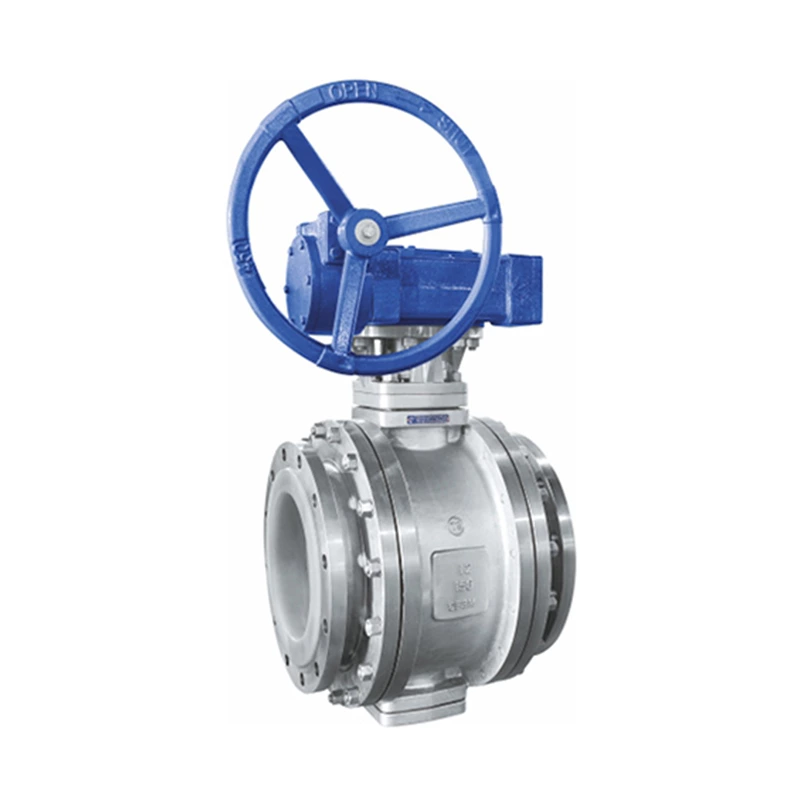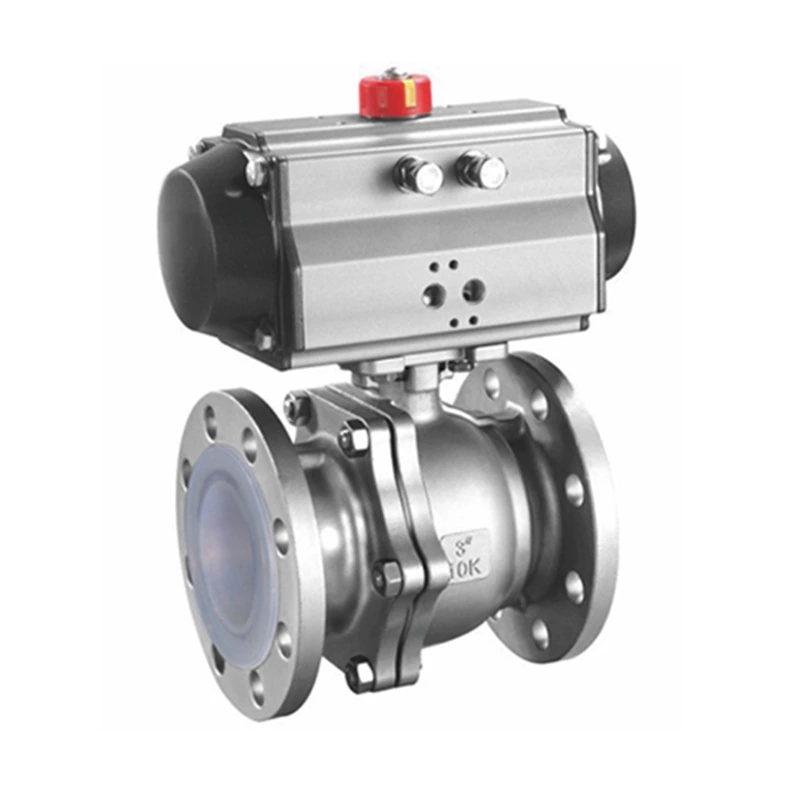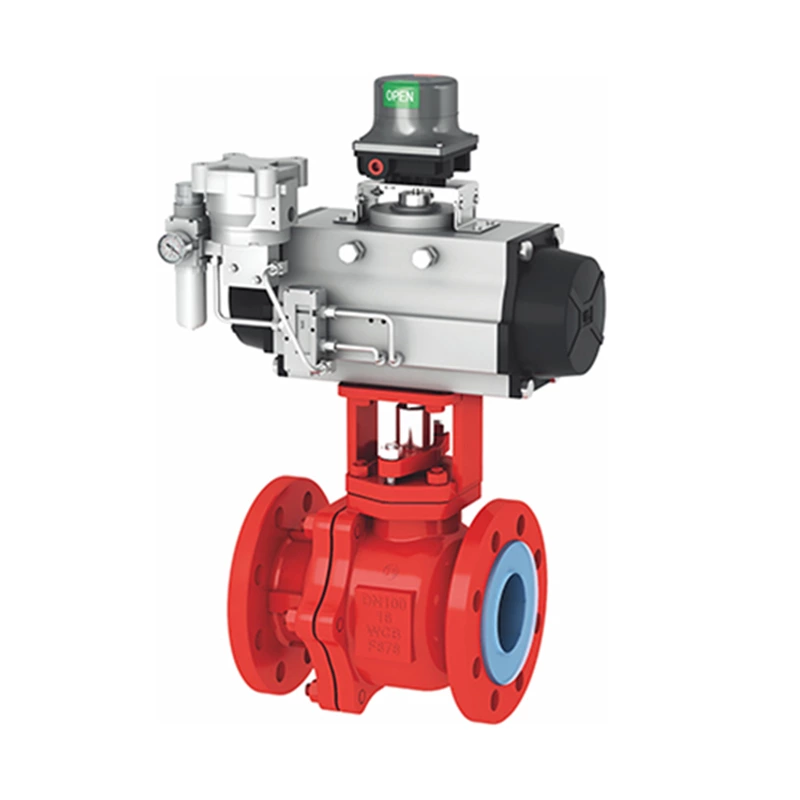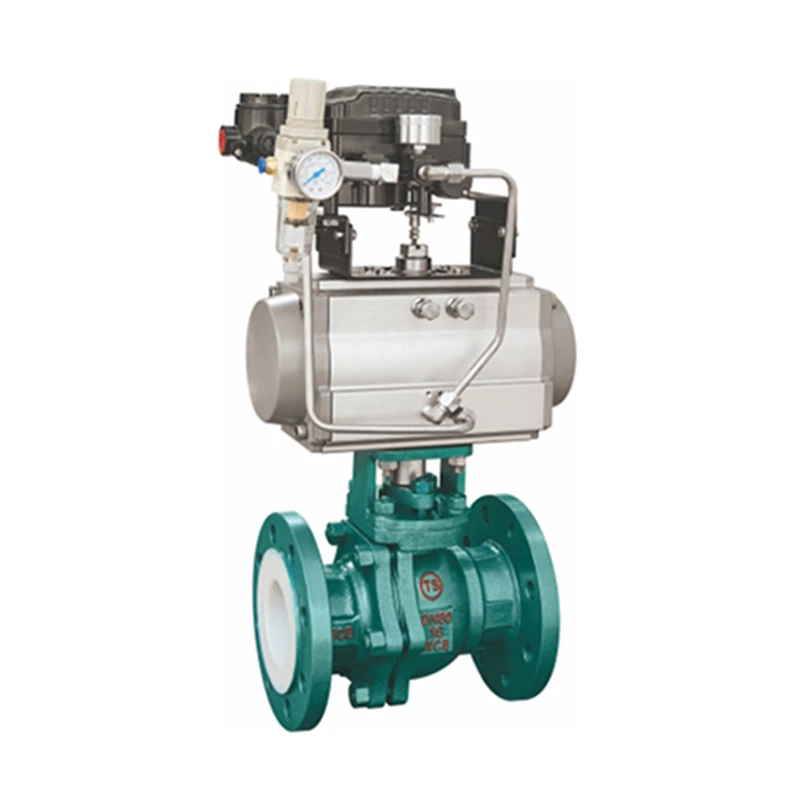How To Choose The Lined Ball Valve Sealing Surface Material According To Working Conditions?
Lined Ball Valve are primarily categorized by sealing surface material: soft seals and hard seals. Soft seals primarily include fluoroplastics, para-polystyrene, nylon, wear-resistant carbon fiber, fluorine lining, rubber lining, flexible graphite, high-temperature wear-resistant carbon fiber, and special wear-resistant and high-temperature PTFE. Hard seals primarily include alloy steel and carbide. While it's common knowledge that metal hard seals are more expensive than soft seals, the sealing surface is the most critical working surface of a V-type ball valve. Its quality directly impacts its service life, and the material used to ensure its quality is crucial. Therefore, how can one choose the appropriate sealing surface material based on the operating conditions? When selecting a V-type ball valve sealing surface material, consider the following factors:
1. Corrosion resistance. "Corrosion" refers to the process by which the sealing surface is damaged by the action of the medium. If this damage occurs, sealing performance cannot be guaranteed. Therefore, the sealing surface material must be corrosion-resistant. A material's corrosion resistance primarily depends on its composition and chemical stability.
2. Abrasion resistance. "Abrasion" refers to damage to the material caused by friction during relative motion between the sealing surfaces. This damage inevitably leads to damage to the sealing surface. Therefore, the sealing surface material must possess excellent abrasion resistance, especially for ball valves. A material's abrasion resistance is often determined by its internal properties.
3. Erosion resistance. "Erosion" refers to the process by which the sealing surface is damaged by high-speed flow of the medium. This damage is more pronounced in high-temperature, high-pressure steam media and significantly impacts sealing performance. Therefore, erosion resistance is also a key requirement for sealing surface materials.
4. It should have a certain hardness, with a significant drop in hardness at the specified operating temperature.
5. The linear expansion coefficients of the sealing surface and the base material should be similar. This is particularly important for seal ring structures to avoid excessive stress and loosening at high temperatures.
6. For use under high-temperature conditions, it must exhibit sufficient resistance to oxidation, thermal fatigue, and thermal cycling.
Currently, it is difficult to find a sealing surface material that fully meets these requirements. It is necessary to focus on meeting specific requirements based on different operating conditions and applications. For example, when using a V-type ball valve in a high-speed medium, special attention should be paid to the erosion resistance requirements of the sealing surface; when the medium contains solid impurities, a sealing surface material with a higher hardness should be selected.

